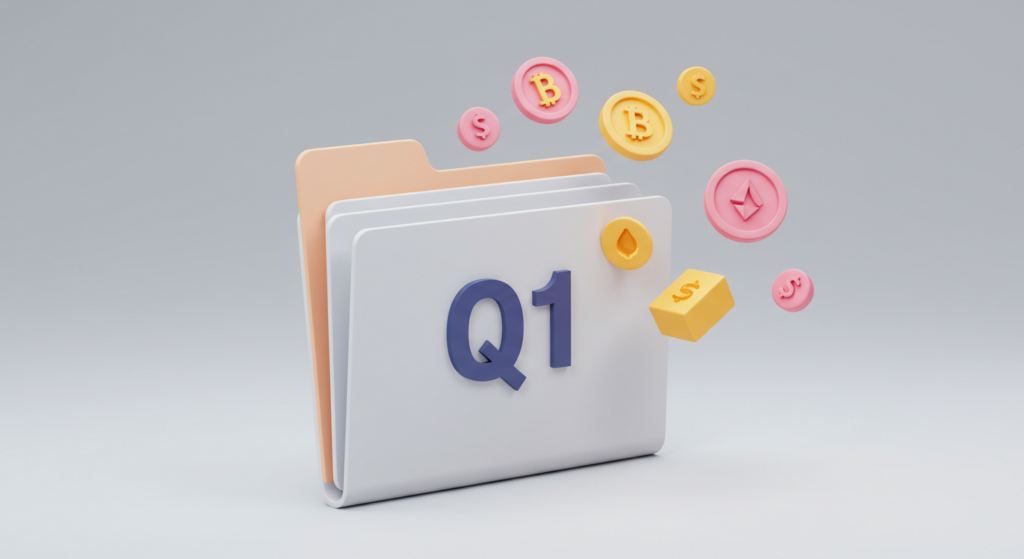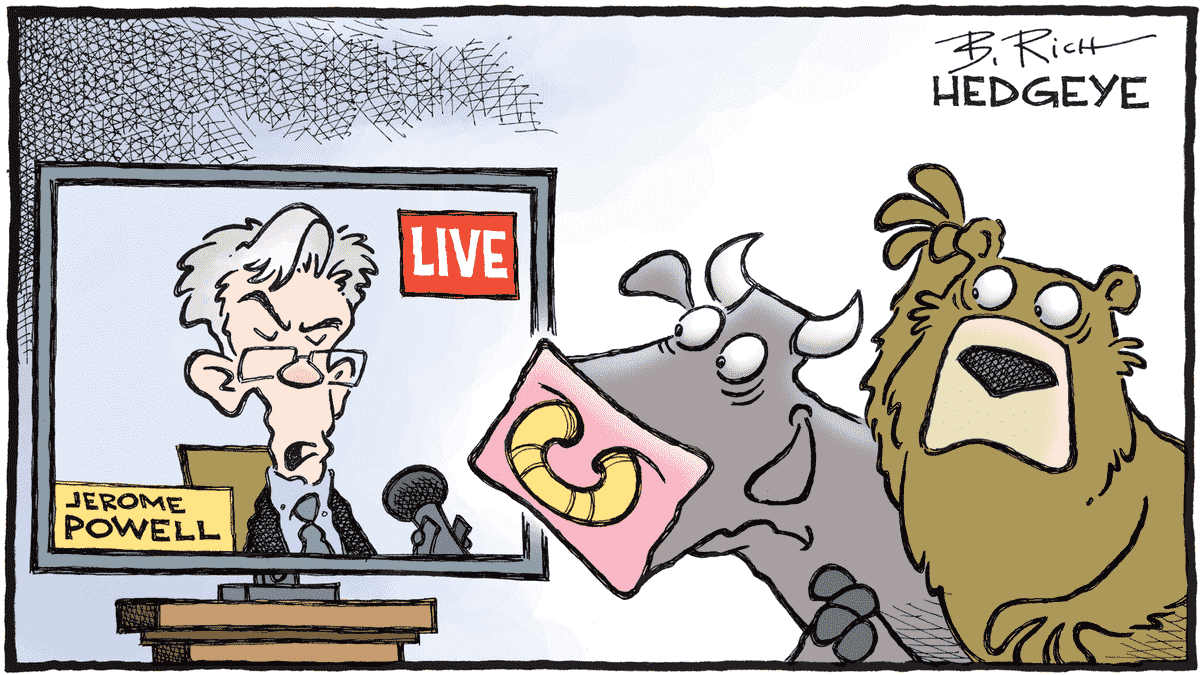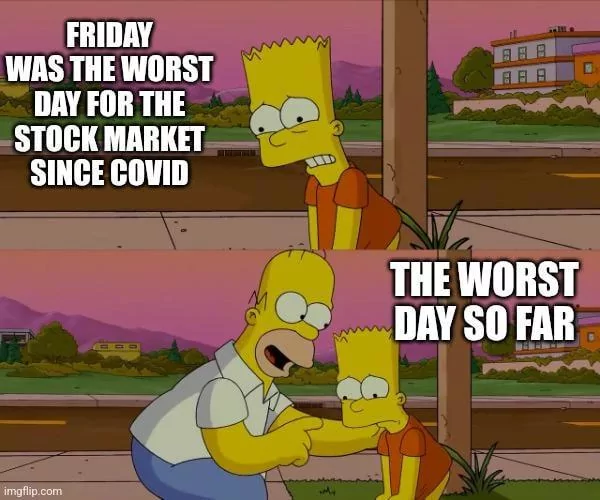
The first quarter of the year is officially behind us, and if you’ve been watching the markets, you’ll know—it didn’t tiptoe in quietly. From shifting central bank signals to surprise rallies and commodity whiplash, Q1 brought its fair share of volatility, opportunity, and lessons for traders of all stripes.
Here’s a look at what happened, what it meant, and what smart traders took away from the first quarter of 2025.
Central Banks Still Drive the Conversation
The Federal Reserve kept markets guessing throughout Q1. While inflation showed signs of cooling, economic data remained uneven, and Fed officials maintained a hawkish tone longer than many expected. Rate cut hopes flickered in and out of focus, creating a push-pull effect on equities and currencies alike.
According to Bloomberg, Fed Chair Powell reiterated the importance of remaining “data dependent,” a reminder that traders must be ready to pivot quickly based on new macro releases.

Meanwhile, the European Central Bank and Bank of England followed similar paths—sticking with tighter policy while signaling possible easing later in the year. The Bank of Japan, for its part, finally stepped away from negative rates for the first time in over a decade, shaking up JPY pairs and opening new trading narratives.
Tech Surged, Then Stumbled
Equity markets kicked off the year on a high, driven in part by a continued boom in AI-related stocks and optimism about soft landings. The Nasdaq rallied in January and February, buoyed by big tech names and chipmakers riding the AI wave.
But March brought a reality check. Profit-taking, regulatory noise, and stretched valuations sparked a pullback across several growth sectors, leading many traders to re-evaluate their exposure to momentum-heavy names.

The S&P 500 still managed to end Q1 in positive territory, but it wasn’t a straight line up—and that in itself is a lesson.
Commodities Kept Things Interesting
Gold had a moment. Fueled by global tension, interest rate speculation, and a flight to safety, gold prices surged past $2,200/oz toward the end of the quarter. It was a reminder that even in an age of digital dominance, traditional safe-havens still play a role in the modern portfolio.
Oil, on the other hand, continued to react to headlines—from OPEC+ production cuts to fluctuating demand signals from China. WTI hovered between $75–$85 per barrel, making it a favorite for short-term traders looking to capitalize on rapid moves.
Geopolitics Moved from Background to Foreground
Events in the Red Sea and shifting global alliances reminded traders that geopolitics doesn’t just make headlines—it moves markets. Supply chains were once again in the spotlight, and currencies like USD, JPY, and CHF saw renewed interest as safe havens.
Whether or not you trade news directly, knowing how these events ripple into commodities, FX, and equities is part of trading smarter in an interconnected market.
What Traders Can Take Away from Q1
If Q1 proved anything, it’s that flexibility and preparation still matter more than prediction. Traders who succeeded were the ones who stayed close to the data, kept risk in check, and didn’t get swept up in the hype.
The quarter reminded us that market optimism can be fleeting, that safe-havens still matter, and that macro themes—while sometimes abstract—are very real trading catalysts.
So as Q2 kicks off, now’s the time to review your strategy, refine your plan, and stay ready to adapt. Because if there’s one constant in the market, it’s that it never stops changing.









